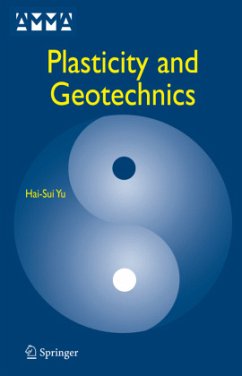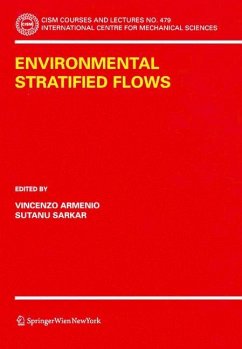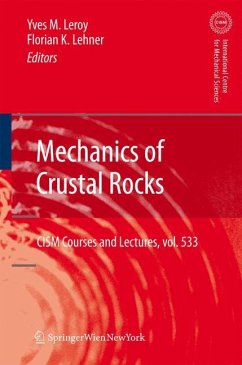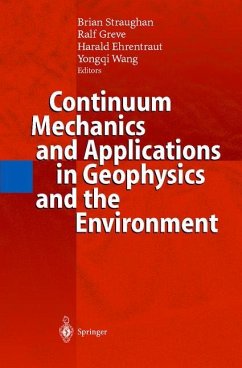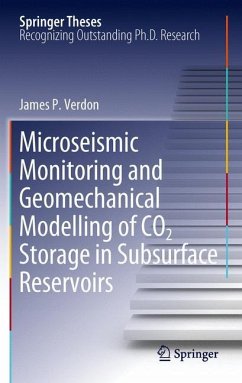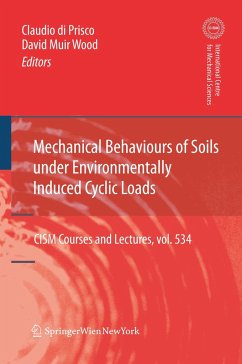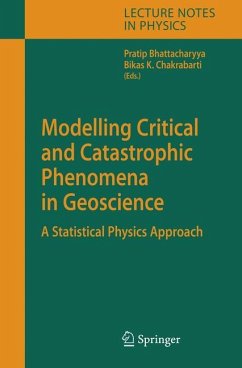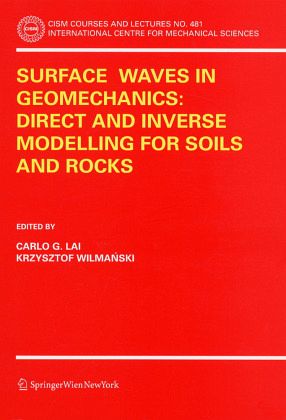
Surface Waves in Geomechanics: Direct and Inverse Modelling for Soils and Rocks

PAYBACK Punkte
40 °P sammeln!
The subject of this book is forward and inverse modelling of surface waves. Although the emphasis is placed in Rayleigh wave propagation in geomaterials, the theory is developed for rather general constitutive models spanning from one-component linear elasticity and viscoelasticity to multi-component systems and nonlinear continua. An attempt is made to achieve a good balance between the formal development of the theory and its practical implementation, always highlighting the similarities of the approaches in different fields of application of surface waves. Experimental techniques for geotechnical site characterization using surface waves are presented in details. A chapter is devoted to computational methods for generalized surface and interface waves. A part of the book concerns with the propagation of surface waves in poroelastic saturated materials and to theoretical foundations of nonlinear surface waves. The approach to the subject is new in the scientific literature. Several results are published for the first time. Attached to the book is a CD containing freeware software for surface wave analysis.
Theories of surface waves develop since the end of XIX century and many fundamental problems like existence, phase and group velocities, attenuation (quality factor), mode conversion, etc. have been, in part successfully, solved within the framework of such simple models as ideal fluids^ or linear elasticity. However, a sufficiently complete presentation of this subject, particularly for solids, is still missing in the literature. The sole exception is the book of I. A. Viktorov^ which contains an extensive discussion of fundamental properties of surface waves in homogeneous and stratified linear elastic solids with particular emphasis on contributions of Russian scientists. Unfortunately, the book has never been translated to English and its Russian version is also hardly available. Practical applications of surface waves develop intensively since a much shorter period of time than theories even though the motivation of discoverers of surface waves such as Lord Rayleigh stems from their appearance in geophysics and seismology. Nowadays the growing interest in practical applications of surface waves stem from the following two main factors: surface waves are ideal for developing relatively cheap and convenient methods of nondestructive testing of various systems spanning from nanomaterials (e.g.






